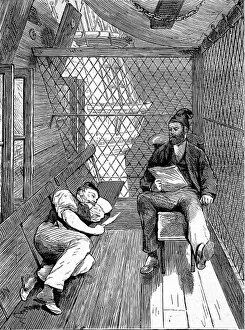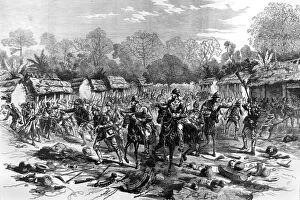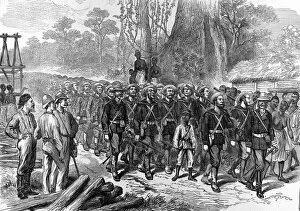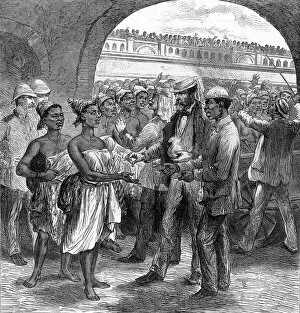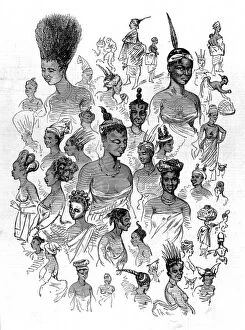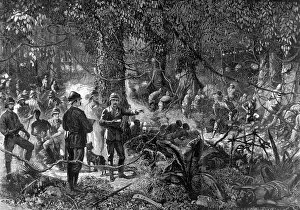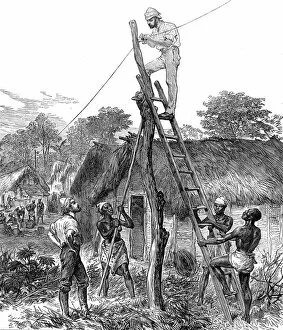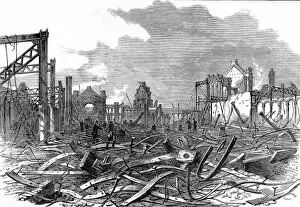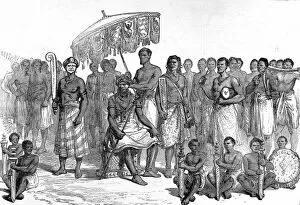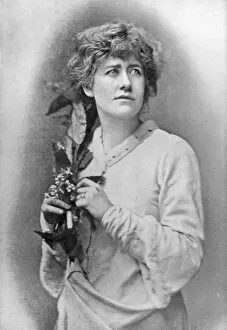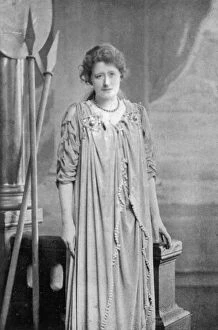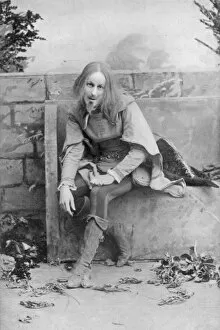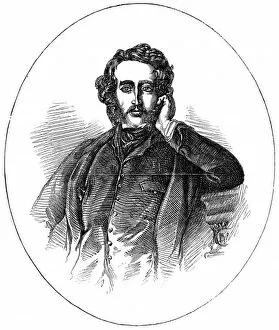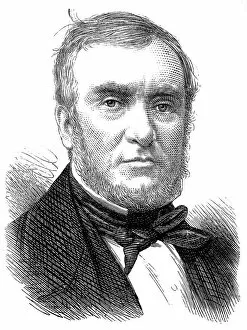1873 Collection (#58)
"1873: A Year of Celestial Mechanics, Artistic Masterpieces, and Sporting Rivalries" In the realm of celestial mechanics
For sale as Licensed Images
Choose your image, Select your licence and Download the media
"1873: A Year of Celestial Mechanics, Artistic Masterpieces, and Sporting Rivalries" In the realm of celestial mechanics, 1873 witnessed a harmonious dance between the planets and stars. As medieval artwork adorned grand halls, Sergei Rachmaninov composed his timeless melodies in 1920. Meanwhile, an age-old rivalry unfolded on the banks of the Thames as Oxford clashed with Cambridge in their infamous Boat Race. Amidst this sporting spectacle, cyclists mounted their Penny Farthings and raced through bustling streets. The King of Ashantis Palace at Kumasi stood tall in its regal splendor since 1874 while Jean Hippolyte Flandrin's Nude Youth captivated art enthusiasts with its ethereal beauty. Away from these cultural landmarks, Bestwood Colliery hummed with industry near Bestwood Village in Nottinghamshire. Whittingham Asylum provided solace to troubled souls near Preston in Lancashire. Anthony Trollope penned tales that transported readers to different worlds while Santos-Dumont soared high above ground aboard his Sem aircraft. The Wharfedale Union Workhouse offered shelter to those seeking refuge amidst West Yorkshire's rolling hills. In this year filled with diverse narratives and accomplishments across various fields, 1873 left an indelible mark on history - a testament to humanity's ceaseless pursuit of progress and passion for excellence.

